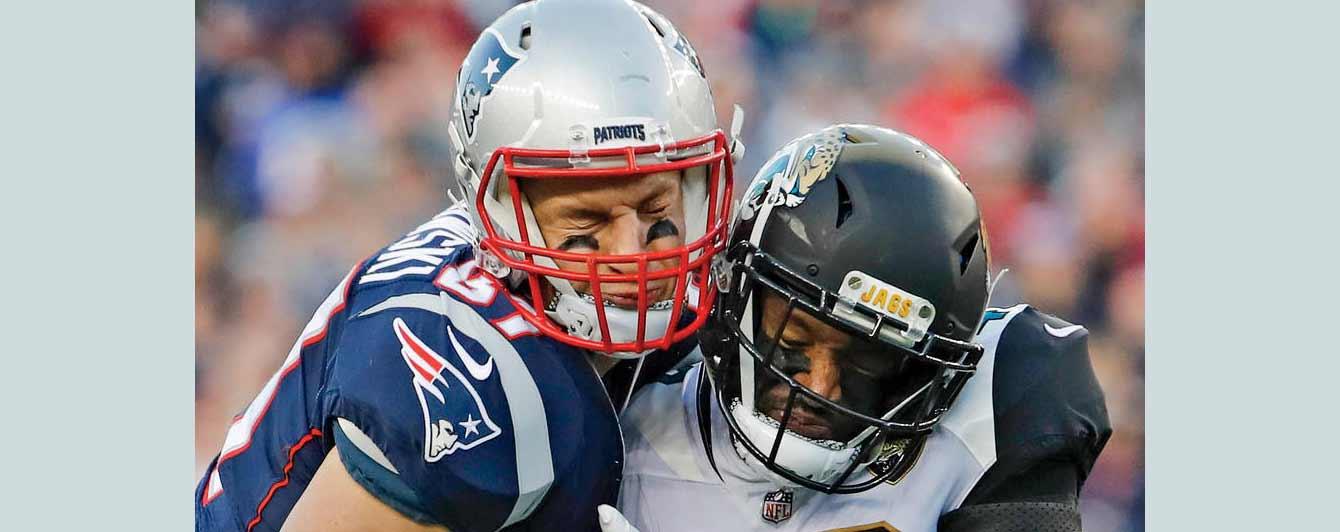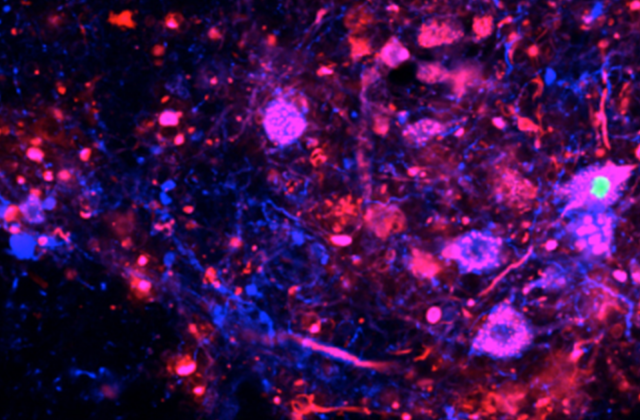Will a helmet be able to spot concussions in real time?

To detect football players’ concussions as they happen, Columbia researchers are developing what would be the first wearable diagnostic device for traumatic brain injury. This device, called the NoMo, will allow real-time monitoring of brain activity through electroencephalography (EEG) sensors, which are commonly used in hospitals to measure a patient’s brain activity.
These sensors are placed between the pads of a football helmet. When they detect the patterns of a traumatic brain injury, they alert a computer on the sidelines. Because the NoMo monitors brain activity, it provides a more accurate concussion diagnosis than accelerometers, which measure the physical intensity of hits against players.
James Noble, a Columbia neurologist, designed the NoMo with Columbia biomedical engineer Barclay Morrison. “This will eliminate a lot of the problems you have now with coaches, athletic trainers, and team physicians having to make fairly subjective judgments about who should be removed from a game to receive a full neurological evaluation,” said Noble.
Based on a test at a Columbia football practice last year, Noble and Morrison are developing a smaller version to fit more comfortably in helmets. They anticipate the NoMo could detect concussions in other contact sports like hockey and lacrosse, and also be fitted inside military helmets to assess injuries.
“The beauty of our design is that it doesn’t matter what causes the concussion,” says Morrison. “If you experience a traumatic brain injury, a red light will go off on a computer and tell someone you need help.” Learn more.
Make Your Commitment Today




